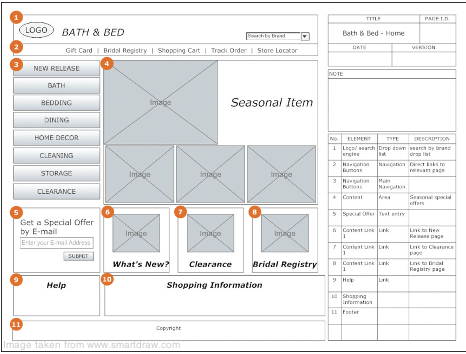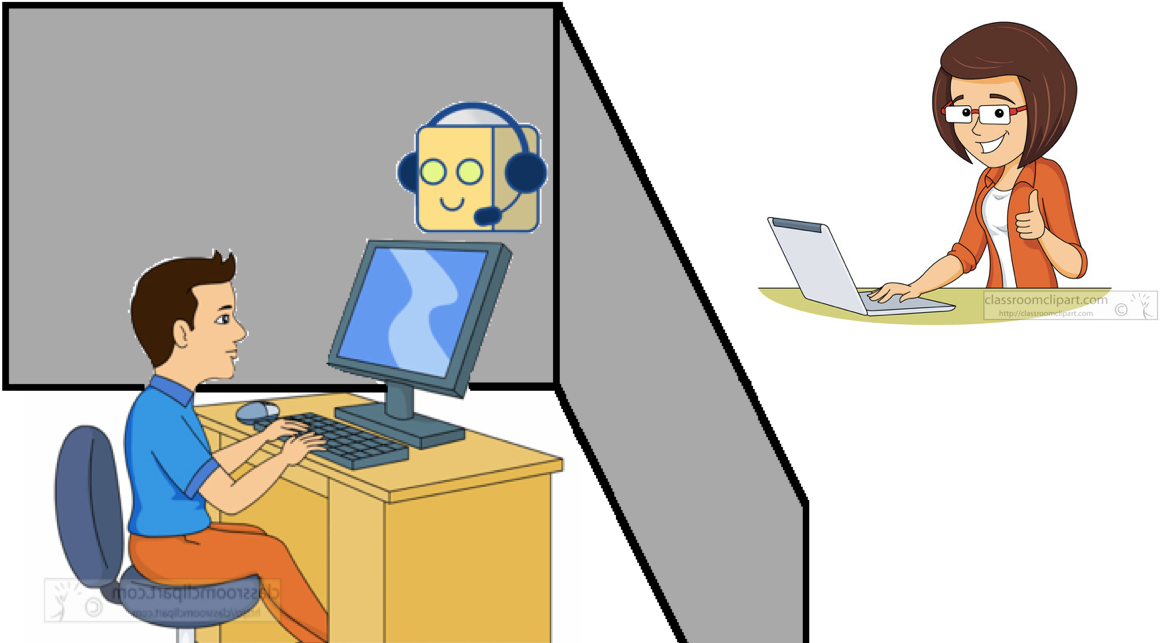From Lofi To Hifi
Previously, we mentioned two techniques for low fidelity (lofi) prototyping - storyboarding and paper prototypes. These are low fidelity because the way the technology works as envisioned in those prototypes do not conform to the way the technology might be built. To gather user feedback, lofi prototypes are often used just by getting a few potential users together and asking for their feedback. The process is less structured and can often be rather informal.
We can take prototyping further by creating high fidelity prototypes ("hifi" for short), where the way the technology works and how it looks resembles the final product more closely. While informal data gathering can be used here, if designers put effort into building hifi prototypes, they are often conducting more structured critique sessions or using these prototypes in controlled experiments. We will talk more about these different ways of data gathering techniques in a later module.
Digital Mockups
The first type of hifi technique is digital mockups. The most familiar kind of digital mockups that you've seen is probability wireframes. Below are two example wireframes that show different company websites and how the content should be laid out. You can see that the mockups show details such as logos, navigation buttons, content and approximate sizes, content as images and text, etc. You can certainly convey the same information by using the paper prototyping techniques, however, paper prototypes won't give a clean and polished look like a digital wireframe would.


Wireframes
Wireframes has an additional advantage over paper prototypes. Some software that lets you build wireframes (e.g., balsamiq) enables user interaction. What this means is that you could create multiple wireframes that are connected in order to replicate the navigation aspects of the software. For example, if you have a navigation bar in the mockup labeled "News", you could click on the "News" button, and the wireframe software will bring you to another wireframe that you created for the "News" page. It's quite convenient to built out these dynamic wireframes to gather user feedback in a click-through experiment, before spending the time to build an actual software system.
There are other kinds of digital mockups as well. Earlier, you saw the Kodak camera example. That was an example of a digital mockup as well, because the camera casing was connected to a computer which enabled the user to view and edit images. The prototype enabled the user to test out possible interactions with the camera.
Wizard Of Oz Technique
Finally, I want to talk about another kind of digital mockup that enables interaction. This is called the Wizard of Oz technique. The idea is that there are certain functionalities your prototype is meant to deliver but not yet implemented. However, you still want to gather feedback about it. So what we can do is to fake the functionality by putting a human behind another computer (just like the Wizard of Oz story), and have that human interact with the user - without the user knowing that there's a human on the other end. That way, the user is focused on giving feedback on the technology and software interaction.

When might the Wizard of Oz technique be useful? I've been in an experiment involving a conversational software that uses this type of setup. So you can imagine that this technique would be useful whenever there is a need to replicate technology that is beyond what we can achieve today and it would be easiest to have a human pretending to be the computer in those cases.